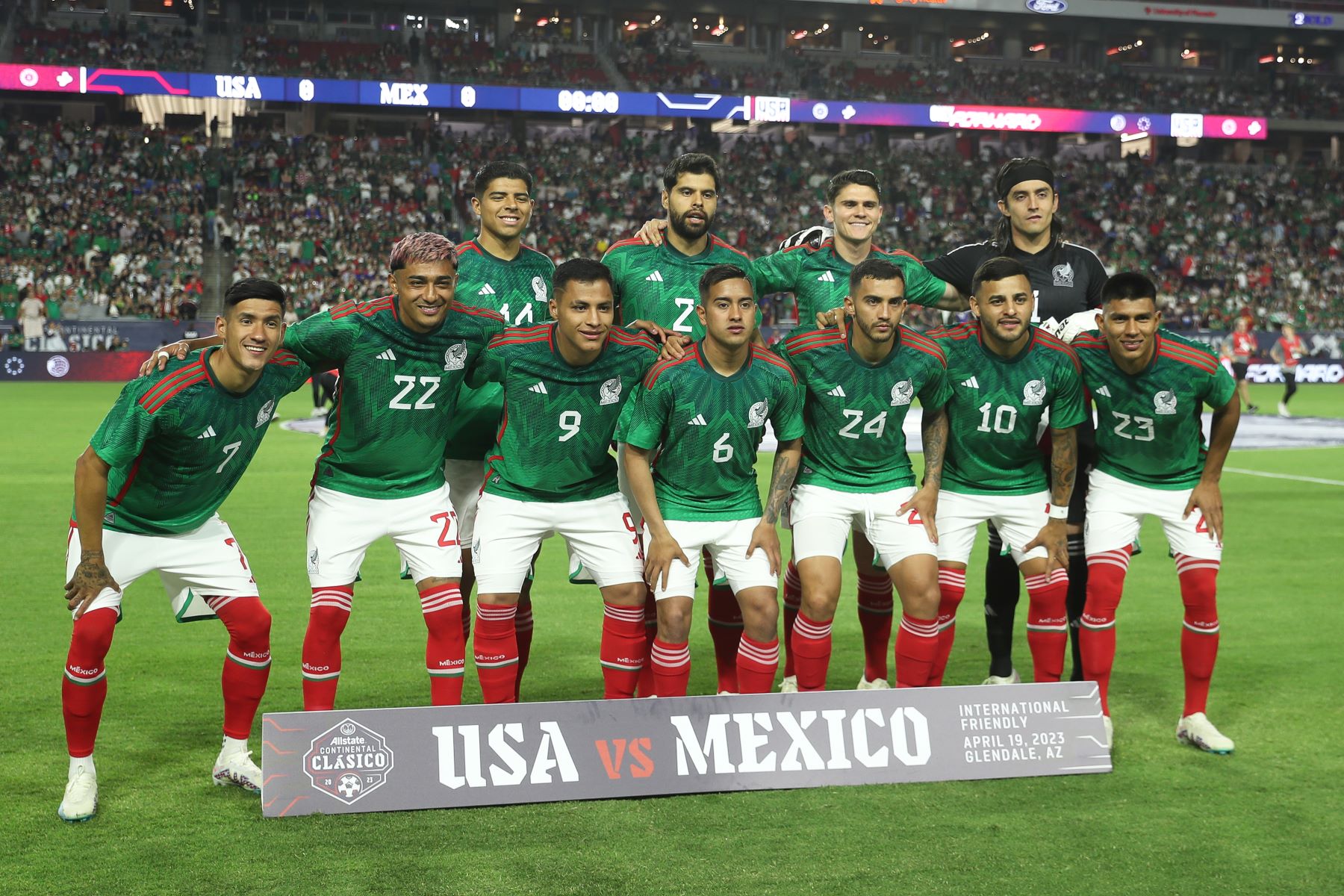502 (five hundred and two) could be mistaken for 52 (fifty two) without the zero in the tens place. = 123*. * (n-2)* (n. 6 − 6 = 0 (the difference between six and six is zero) it is also used as a placeholder so we can write a numeral properly. 0 is the integer that precedes the positive 1, and follows −1. (read zero factorial) is defined to equal 1. Adding (or subtracting) 0 to any number leaves that number unchanged; Check out our complete guide to the number 0 to understand how it works in math. In mathematical terminology, 0 is the additive identity of the integers, rational numbers, real numbers, and complex numbers, as well as other algebraic structures. Example (1) if n! Is defined as the product of all positive integers from 1 to n, then: Involved answer (s): Is zero a number? In most numerical systems, 0 was identified before the idea of negative integers was accepted. 0 (zero) is a number representing an empty quantity. Zero zero shows that there is no amount. There are several proofs that have been offered to support this common definition.
0 Rout! Mexico Dominates Usa In Shocking Soccer Final Rematch
502 (five hundred and two) could be mistaken for 52 (fifty two) without the zero in the tens place. = 1*2*3*. * (n-2)* (n. 6...

















